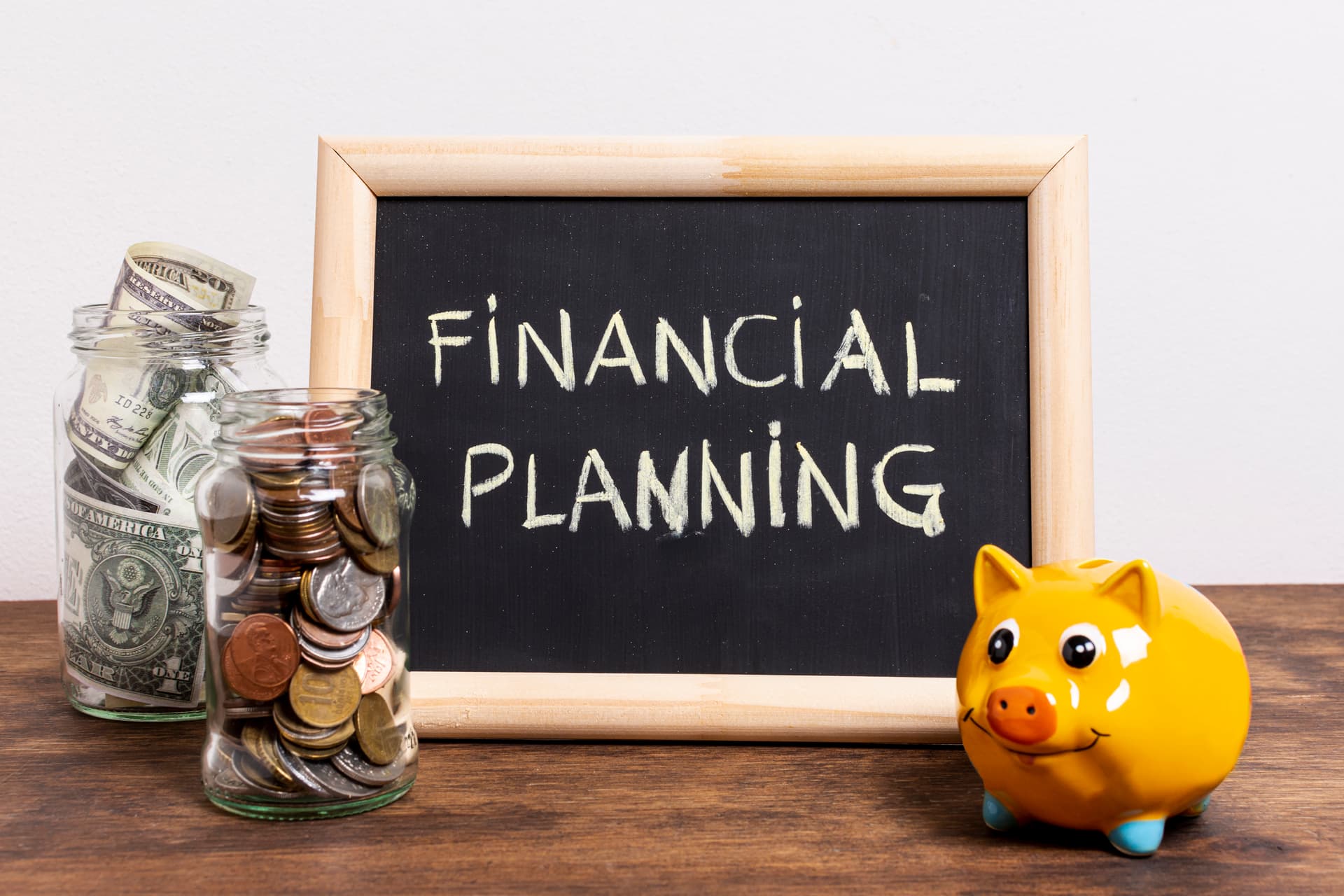How Budget Making 2000 a Month Looks in 2025 (And How I Saved Money)

Wondering how to budget making 2000 a month in the U.S.? Here’s my real-life breakdown of living, saving, and thriving on a tight $2,000 monthly income in 2025 — without feeling deprived.
How Budget Making 2000 a Month Looks in Real Life — Not a Spreadsheet Fantasy
I remember opening my banking app in January 2025, staring at $2,021 deposited for the entire month. My stomach churned. Rent was due, groceries were running low, and a car repair loomed. How was I supposed to make this work? If you’re wondering how to budget making 2000 a month in the U.S., you’re not alone. It’s tough, but I’m proof you can live, save, and even enjoy life on a tight income without feeling broke.
In this post, I’ll walk you through my exact $2,000 monthly budget — from rent to coffee runs — and share how I saved money despite the odds. You’ll see my real expenses, weekly spending routine, and even the emotional rollercoaster of low-income budgeting. Let’s dive in.
My Monthly Take-Home and Fixed Expenses
My take-home pay in 2025 was $2,021 after taxes, freelancing as a graphic designer. That’s all I had to cover rent, food, and everything else. Here’s how my fixed expenses broke down:
- Rent: $800 (shared apartment with two roommates in a mid-sized U.S. city)
- Utilities (electric, water, internet): $120
- Groceries: $300
- Public transit pass: $80 (ditched my car to save on gas and insurance)
- Phone bill: $45 (switched to a budget carrier)
- Health insurance: $200 (marketplace plan with subsidies)
- Renter’s insurance: $15
- Total fixed expenses: $1,560
How I cut costs: Moving into a shared apartment slashed my rent from $1,200 to $800. I sold my car and embraced public transit, saving $250 monthly on gas, maintenance, and insurance. For groceries, I meal-prepped and shopped at discount stores like Aldi, keeping my food bill manageable.
Here’s a quick visual of my fixed costs:
| Category | Cost |
|---|---|
| Rent | $800 |
| Utilities | $120 |
| Groceries | $300 |
| Transit | $80 |
| Phone | $45 |
| Health Insurance | $200 |
| Renter’s Insurance | $15 |
| Total | $1,560 |
That left me with $461 for variable expenses and savings. It wasn’t much, but I made it work.
The $0 to $100 Savings Strategy
I used to think saving on $2,000 a month was impossible. Every dollar felt spoken for. But in 2025, I changed my mindset. I started paying myself first, even if it was just $25 a month. That small act gave me hope.
Here’s how I built savings:
- Micro-savings: I saved $5–10 whenever I skipped takeout or found a grocery deal. By month’s end, these added up to $50–$100.
- 30-day savings challenge: I challenged myself to save $1 daily, no matter what. Some days, it meant brewing coffee at home or walking instead of taking the bus. By day 30, I had $30 extra in my savings account.
This wasn’t about deprivation — it was about control. My emergency fund grew to $300 by mid-2025, which later saved me during an unexpected dental bill.
Want to start your own emergency fund? Check out my guide on how to start an emergency fund with no savings.
What I Didn’t Spend Money On (And Didn’t Miss)
To make my $2,000 budget work, I cut ruthlessly — but not joylessly. Here’s what I ditched:
- Takeout and dining out: I limited restaurant meals to once a month, saving $100.
- Streaming subscriptions: I canceled Netflix and Prime, relying on free library apps like Kanopy and YouTube. Saved $25 monthly.
- Gym membership: Swapped for free YouTube workouts and park runs. Saved $40.
The emotional tradeoff? I missed spontaneous pizza nights with friends. But I replaced them with potlucks and game nights at home, which were just as fun. I also discovered free community events — like outdoor concerts and library workshops — that kept my social life alive.
My Weekly Spending Routine
With $461 left after fixed expenses, I broke my variable spending into weekly chunks to stay disciplined. Here’s how I allocated roughly $115/week:
- Groceries: $75 (meal prepping kept this consistent)
- Gas (for occasional rideshares): $15
- Fun money: $20 (coffee, a cheap movie, or a thrift store find)
- Savings: $5–10 (transferred to my savings account)
I used a simple Google Sheet to track everything, but apps like YNAB or cash stuffing work too. Here’s a screenshot-style breakdown of one real week in March 2025:
Week of March 10, 2025
- Groceries: $70 (bought in bulk at Aldi)
- Rideshare: $12 (to a doctor’s appointment)
- Fun: $15 (coffee date + thrift store book)
- Savings: $8
Total spent: $105
This system gave me clarity and prevented overspending. For more budgeting tips, read my post on how to budget money wisely.
How I Handled Unexpected Costs
Life loves throwing curveballs. In April 2025, a $200 dental bill hit. Then, my laptop charger died ($50). Here’s how I survived:
- Emergency fund: My $300 savings covered the dental bill, proving those $5 deposits mattered.
- Side hustle: I picked up a quick $100 freelance gig to replace the charger.
- Budget adjustments: I cut fun money to $10 that week and skipped my monthly restaurant treat.
Without that small emergency fund, I’d have been stuck. NerdWallet notes that 60% of Americans can’t cover a $1,000 emergency without debt (source). My fund, though tiny, kept me out of that statistic. Learn how to build yours in my emergency fund guide.
Emotional Rollercoaster of Low-Income Budgeting
Budgeting on $2,000 a month isn’t just math — it’s emotional. I felt stressed comparing myself to friends with bigger budgets. Doubt crept in: Am I failing at life? Social media didn’t help, with its endless vacation posts and #blessed vibes.
But I reprogrammed my mindset. I focused on small wins, like hitting $100 in savings or cooking a killer $3 meal. I leaned on Ramsey Solutions’ advice: “Live like no one else now so you can live like no one else later” (source). That kept me grounded. I also journaled my progress, which turned anxiety into pride.
What I’d Do Differently Next Time
Looking back, I made mistakes. I splurged $50 on a concert ticket once, which forced me to skip groceries later. I also underestimated utilities in winter, when heating spiked. Next time, I’d:
- Build a bigger emergency fund faster ($500 goal).
- Plan for seasonal expenses like heating or holiday gifts.
- Say no to impulse buys, even small ones.
Your budget should fit you. Want a starting point? Download my bare bones budget template to customize your $2,000 monthly plan.
Living on $2,000 Isn’t Easy — But It’s Not Hopeless
Budgeting on $2,000 a month in 2025 is a challenge, but it’s doable with intention. I paid my bills, saved $300, and still enjoyed life — all without debt. You can too, even if it feels impossible right now.
Ready for more? Check out these posts to keep your finances on track:
How do you budget on a tight income? Share your tips in the comments — I’d love to hear them!
Related Posts

The 17 Principles of Creating Wealth That Changed My Life (Most People Ignore #5)
Building wealth isn’t just about money — it’s about mindset. These 17 powerful principles helped me go from broke to financially secure, and they can work for anyone willing to try.
Read Full Story
I Built an Emergency Fund From $0 in Just 30 Days — Here’s the Exact Plan I Followed
Broke, stressed, and unprepared — that was me a month ago. But in just 30 days, I went from zero savings to building my first emergency fund. Here’s the simple plan that actually worked.
Read Full Story
🔥 Devs Are Using These AI Tools to Code 10x Faster in 2025 — Why Aren’t You?
From Copilot to Codeium and beyond — discover how devs are shipping 40% faster, writing fewer bugs, and building smarter in 2025 using AI. This guide shows you the best tools, real-world use cases, and how to start right now.
Read Full StoryAdd a Comment
Recent Comments
Loading comments...